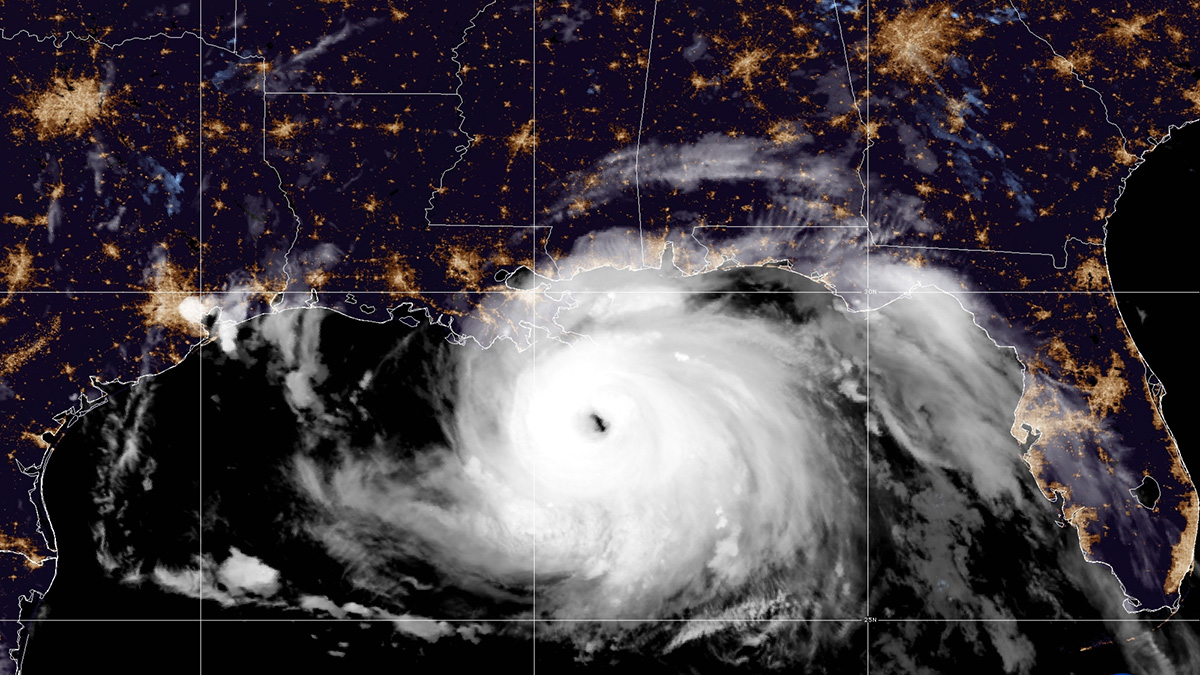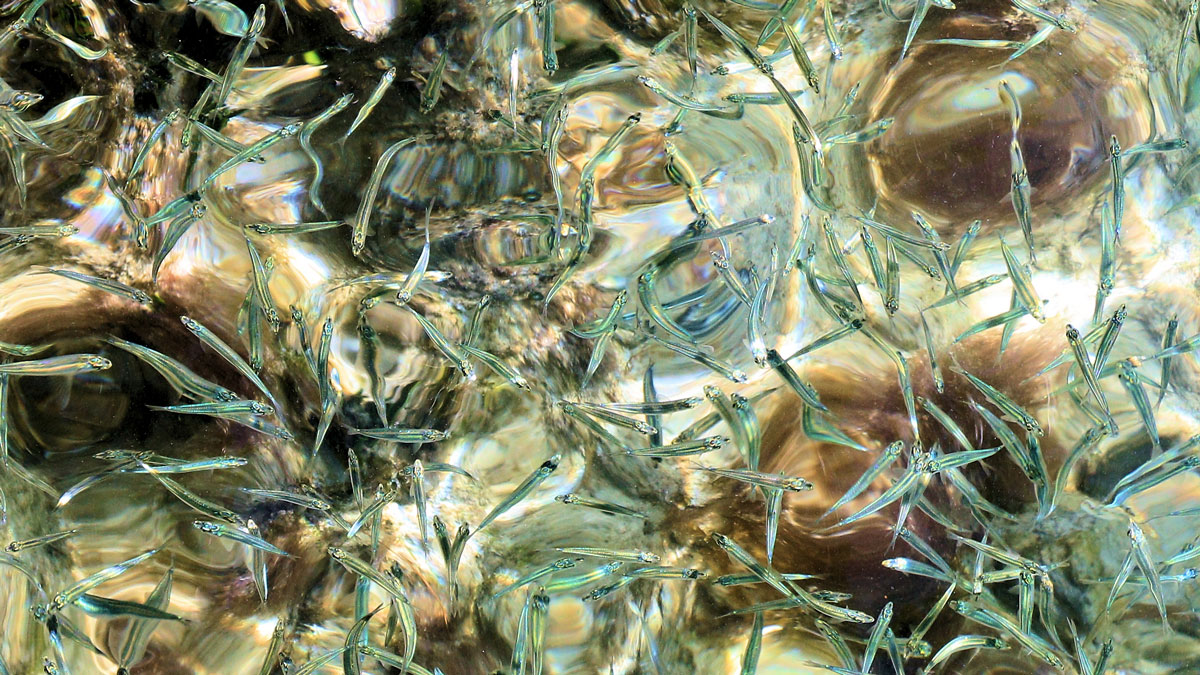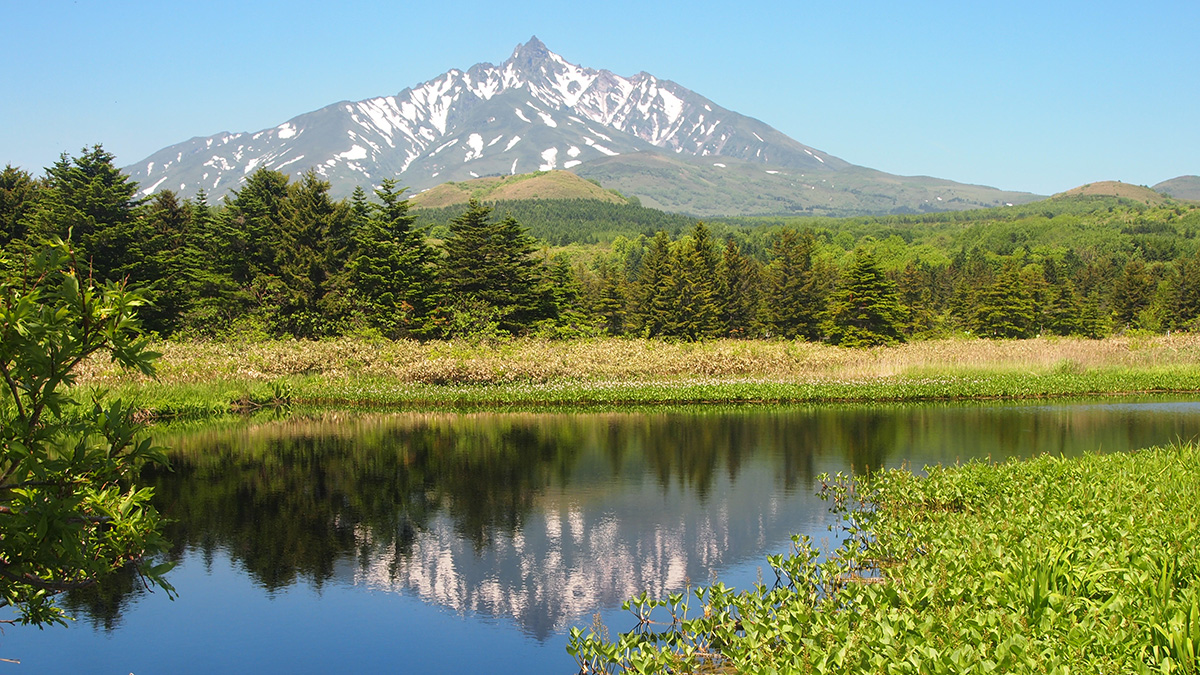El Proyecto Recover usa vehículos autónomos submarinos para identificar, acceder, y captar imágenes de sitios difíciles de alcanzar con restos de la Segunda Guerra Mundial, cerca de las Islas Marianas del Norte.
currents
Active Hurricane Season Expected in the Atlantic Ocean
La Niña conditions and warm ocean temperatures have set the stage for another busy tropical storm year.
Tiny Creatures May Play a Difficult-to-Detect Role in Ocean Mixing
As an idea that began as a joke, critter-driven ocean mixing has long been controversial. Now scientists have caught spawning anchovies causing turbulence and stirring the sea.
Dynamics of Ocean Worlds Likely Controlled by Their Rotation
New simulations suggest that subsurface oceans on icy moons with small natural Rossby numbers may be dominated by rotational effects.
Climate and Currents Shaped Japan’s Hunter-Gatherer Cultures
New climate records from a peat bog show how two neighboring cultures responded differently to shifts in climate and ocean currents.
Hidden Upwelling Systems May Be Overlooked Branches of Ocean Circulation
New research suggests that overlooked upwelling systems in western boundary currents play a role in transporting nutrients, carbon, and heat in the global ocean.
Robotic Vehicles Explore World War II Era Ocean Battlefields
Project Recover used autonomous underwater vehicles to identify, access, and image hard-to-reach World War II wreckage sites near the Northern Mariana Islands.
Oxygen Levels Measured in a Lung of the Deep Ocean
The Labrador Sea “inhales” oxygen and supplies it to deep-sea life across the world. But its breath could be threatened by climate change.
Probing the Mysteries of Deep, Dense Antarctic Seawater
Twelve freely drifting Deep Argo floats reveal year-round dynamics of bottom water flow in the Australian-Antarctic Basin.
Mapping a River Beneath the Sea
A recent expedition mapped one of the world’s longest submarine channels, revealing previously undiscovered physical features and raising questions about its unusual origin and shape.










